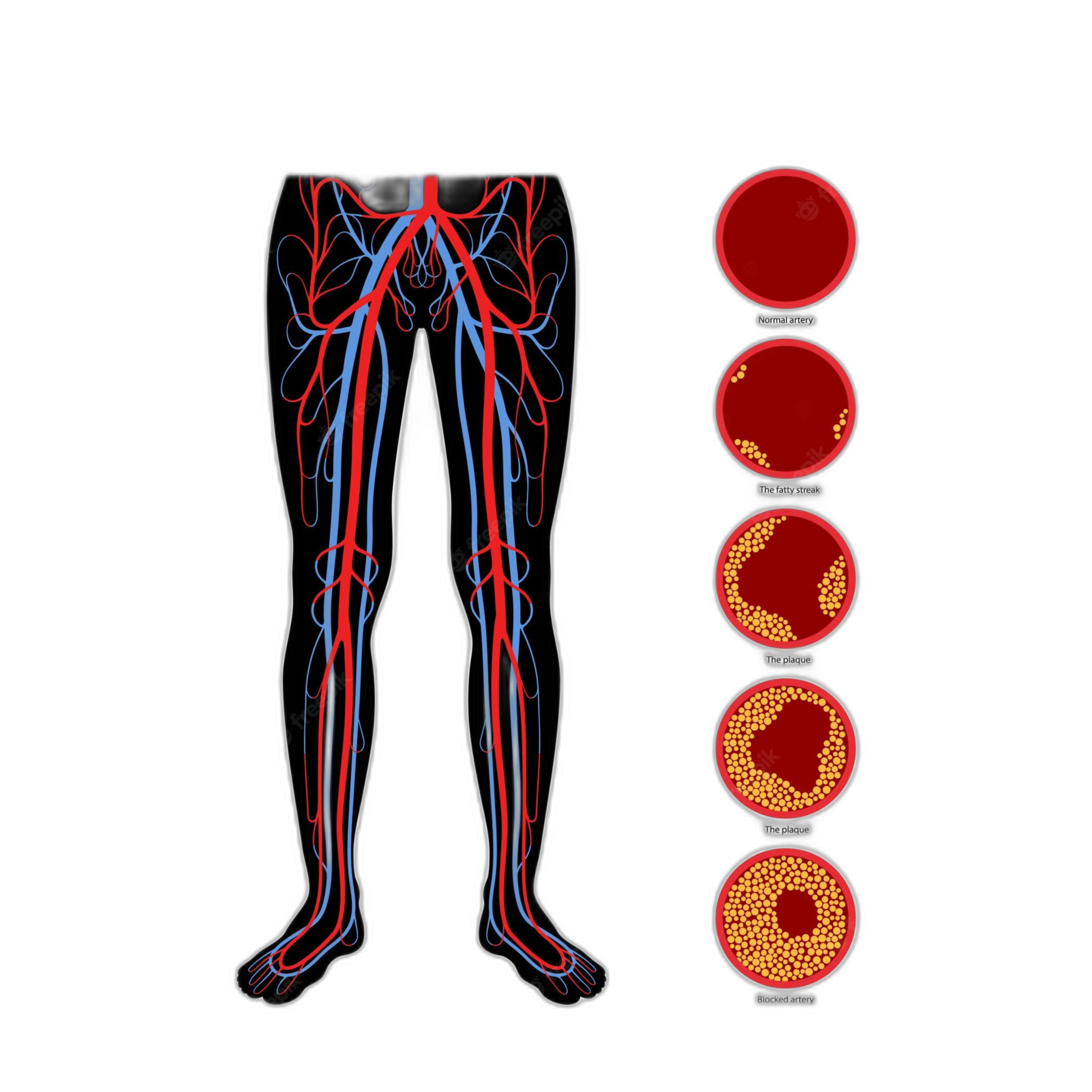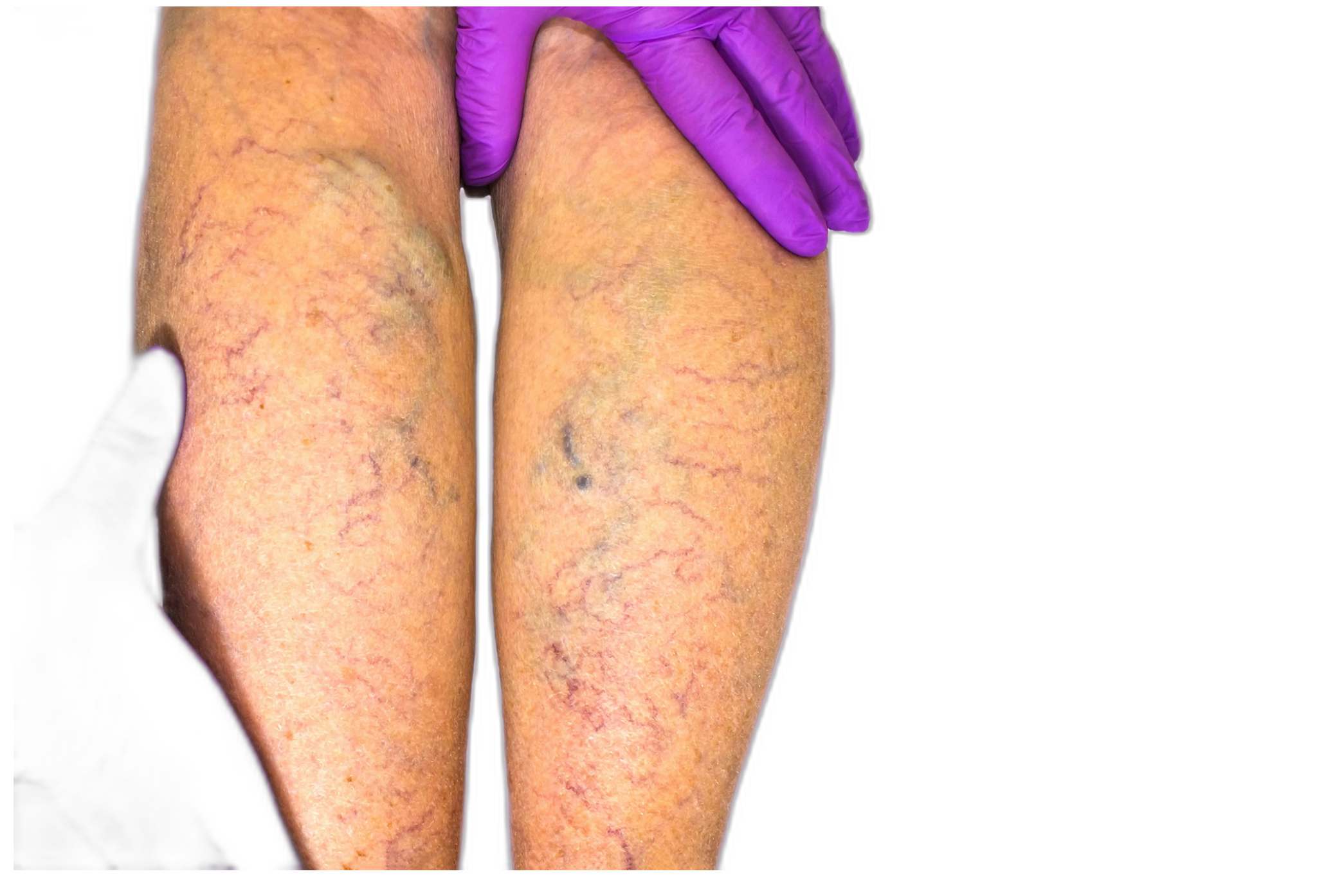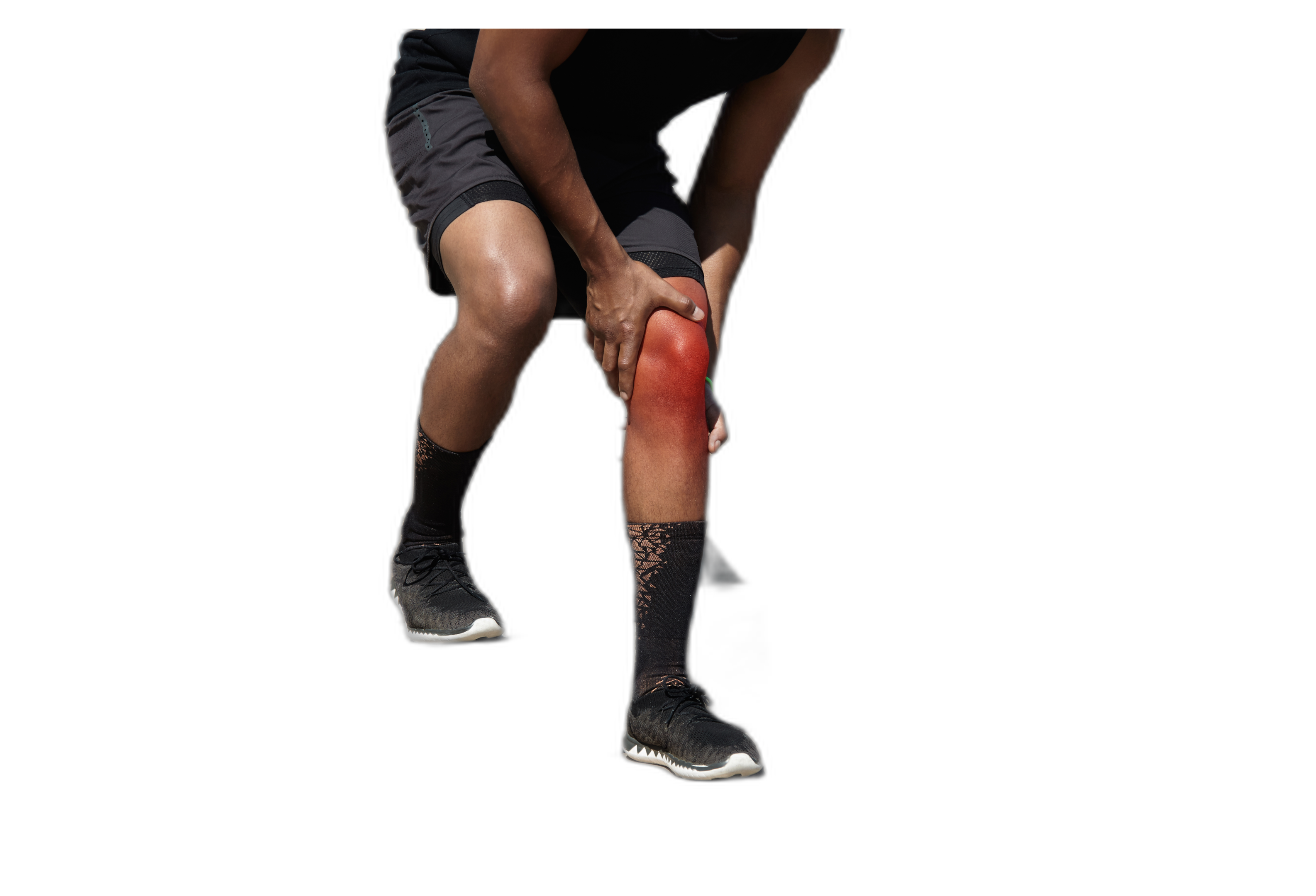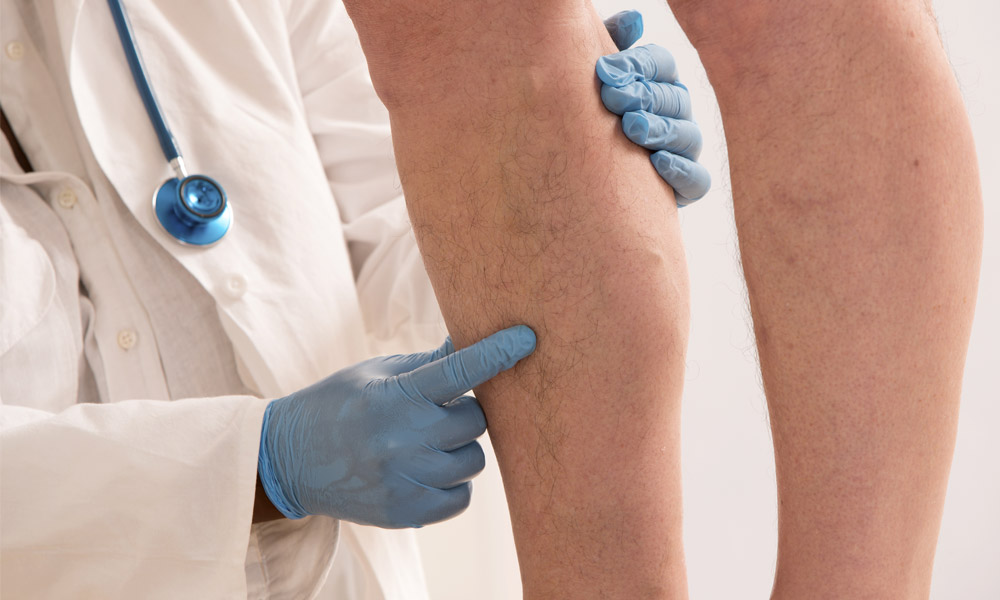Peripheral Artery Disease
Peripheral Artery Disease (PAD) is a common vascular disease that affects millions of people worldwide. It is a condition in which the arteries that supply blood to the arms, legs, and feet become narrowed or blocked due to the buildup of fatty deposits called plaque. This can cause symptoms such as leg pain, cramping, numbness, and weakness, and can lead to more serious complications such as non-healing wounds and even amputations. In this essay, we will explore the causes, symptoms, diagnosis, and treatment of PAD.

Causes of Peripheral Artery Disease:
The primary cause of PAD is atherosclerosis, a condition in which plaque builds up inside the arteries. Atherosclerosis is a chronic inflammatory process that can occur in any artery in the body, but it is the most common cause commonly seen in the arteries of the legs and feet. The buildup of plaque in the arteries can cause the arteries to narrow or become completely blocked, which can lead to a lack of oxygen and nutrients to the affected tissues.
Factors that increase the risk of developing PAD include age, smoking, high blood pressure, high cholesterol, diabetes, obesity, and a family history of cardiovascular disease. In addition, people who have a sedentary lifestyle or who have a diet high in saturated fat and cholesterol are also at increased the risk factor of developing PAD.

Symptoms of Peripheral Artery Disease:
The symptoms of PAD can vary depending on the severity of the disease. In the early stages of heart disease, patients may not experience any symptoms at all. However, as the disease progresses, patients may experience symptoms such as:
- Leg pain or cramping during activity, which is relieved by rest
- Numbness or weakness in the legs
- Coldness in the legs or feet
- Non-healing wounds or ulcers on the feet or toes
- Erectile dysfunction in men
In severe cases, PAD can cause tissue death (gangrene) or lead to amputation.
Diagnosis of Peripheral Artery Disease:
PAD is typically diagnosed through a combination of medical history, physical examination, and diagnostic tests. The medical history will include questions about risk factors for cardiovascular disease, such as smoking, high blood pressure, and high cholesterol. A physical examination will look for signs of PAD, such as decreased pulses in the legs or feet, cool skin, and non-healing wounds.
Diagnostic tests may include:
- Ankle-Brachial Index (ABI) – a non-invasive test that compares the blood pressure in the legs to the blood pressure in the arms to assess blood flow to the legs.
- Doppler Ultrasound – a non-invasive test that uses high-frequency sound waves to create images of the blood vessels in the legs and feet.
- Angiography – an invasive test that involves the injection of contrast dye into the arteries to create images of blood flow.

Treatment of Peripheral Artery Disease:
The goal of treatment for PAD is to reduce symptoms, improve quality of life, and prevent complications such as non-healing wounds and amputations. Treatment options may include lifestyle modifications, medications, and surgical procedures.
Lifestyle modifications:
Lifestyle modifications can help improve symptoms and reduce the risk of complications in patients with PAD. These may include:
- Quitting smoking
- Increasing physical activity
- Eating a healthy diet
- Maintaining a healthy weight
- Controlling blood pressure and cholesterol levels
Medications:
Medications may be used to reduce symptoms and improve blood flow to the affected areas. These may include:
- Antiplatelet medications, such as aspirin or clopidogrel, to reduce the risk of blood clots
- Cholesterol-lowering medications, such as statins, to reduce the buildup of plaque in the arteries
- Medications to control blood pressure and blood sugar levels

Surgical procedures:
In some cases, surgical procedures may be necessary to treat PAD. These may include:
- Angioplasty – a minimally invasive procedure in which a small balloon is inserted into the blocked artery and inflated to widen the artery and improve blood flow.
- Stent placement – a procedure in which a small mesh tube is inserted into the blocked artery to keep it open.
- Atherectomy – a procedure in which a catheter is inserted into the blocked artery to remove the plaque buildup.
- Bypass surgery – a procedure in which a graft is used to create a new route for blood flow around the blocked artery.
In some cases, amputation may be necessary if the affected tissue is severely damaged and cannot be saved.
Conclusion:
Peripheral Artery Disease is a common vascular disease that can have serious consequences if left untreated. It is caused by a buildup of plaque in the arteries that supply blood to the arms, legs, and feet. The symptoms of PAD can range from mild leg pain to non-healing wounds and amputations. Treatment options may include lifestyle modifications, medications, and surgical procedures. Prevention of PAD involves maintaining a healthy lifestyle and managing risk factors such as smoking, high blood pressure, high cholesterol, and diabetes. If you experience any symptoms of PAD, it is important to seek medical attention promptly to prevent further complications.
Frequently Asked Questions
-
What is peripheral artery disease?
Answer: Peripheral artery disease (PAD) is a condition that occurs when there is a buildup of plaque in the arteries that supply blood to the legs, arms, and other parts of the body. This can cause reduced blood flow and lead to symptoms such as pain, cramping, and numbness.
-
What are the risk factors for peripheral artery disease?
Answer: The risk factors for PAD include smoking, high blood pressure, high cholesterol, diabetes, obesity, and a family history of the condition. Age and gender (men are more likely to develop PAD) are also factors.
-
What are the symptoms of peripheral artery disease?
Answer: The symptoms of PAD include pain or cramping in the legs or arms, especially during exercise or activity, numbness or weakness in the legs or arms, and coldness or discoloration of the skin.
-
How is peripheral artery disease diagnosed?
Answer: PAD is typically diagnosed through a physical exam and various tests, such as an ankle-brachial index test, a Doppler ultrasound, or an angiogram.
-
Can peripheral artery disease be treated?
Answer: Yes, treatment for PAD can include lifestyle changes such as quitting smoking and exercising regularly, as well as medications to lower blood pressure and cholesterol. In some cases, surgery or other procedures may be necessary to improve blood flow.
-
How can I prevent peripheral artery disease?
Answer: Preventing PAD involves maintaining a healthy lifestyle, such as eating a balanced diet, exercising regularly, not smoking, and managing any underlying conditions such as high blood pressure and diabetes.
-
Is peripheral artery disease life-threatening?
Answer: While PAD itself is not typically life-threatening, it can increase the risk of other serious health problems such as heart attack and stroke. It is important to seek treatment to prevent complications.
-
Can peripheral artery disease cause amputation?
Answer: In severe cases, PAD can cause tissue death and gangrene, which may require amputation. However, this is rare and can often be prevented with early diagnosis and treatment.
-
Can peripheral artery disease be cured?
Answer: There is no cure for PAD, but it can be managed with lifestyle changes and appropriate medical treatment.
-
What is the outlook for someone with peripheral artery disease?
Answer: The outlook for someone with PAD depends on the severity of the condition and the presence of other health problems. With proper treatment and management, many people with PAD are able to maintain good quality of life and avoid complications.

